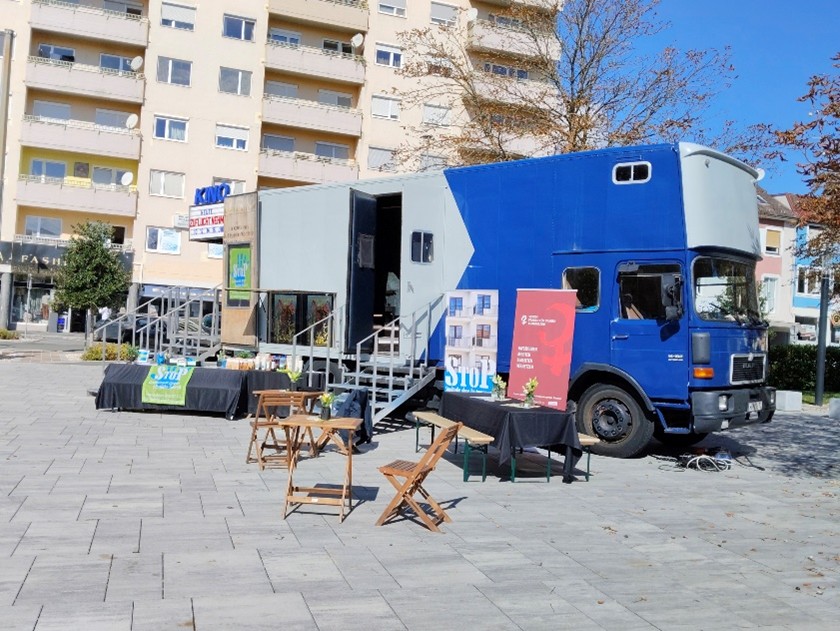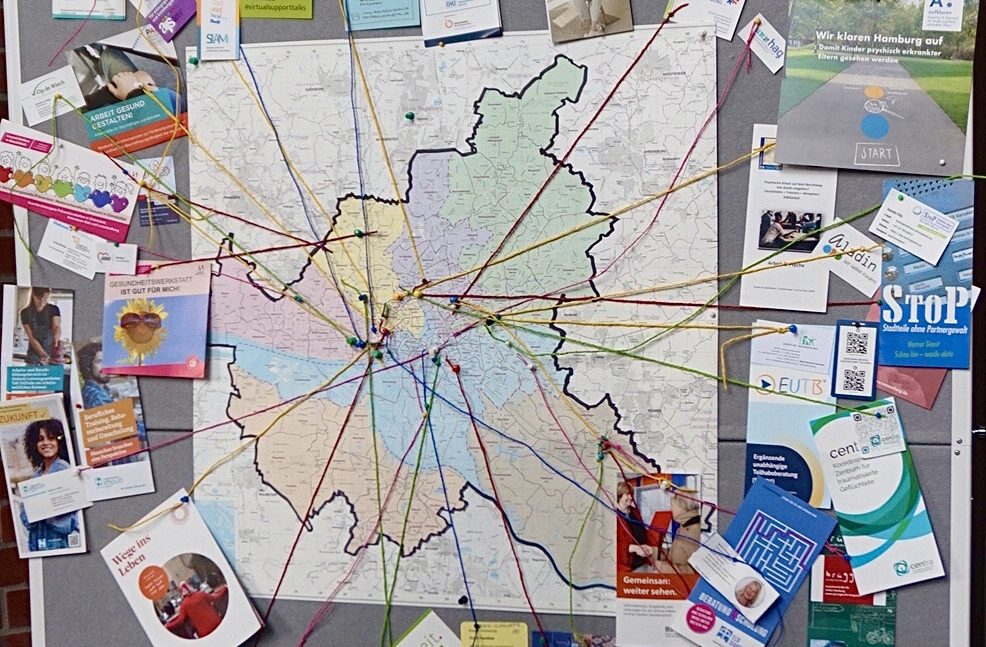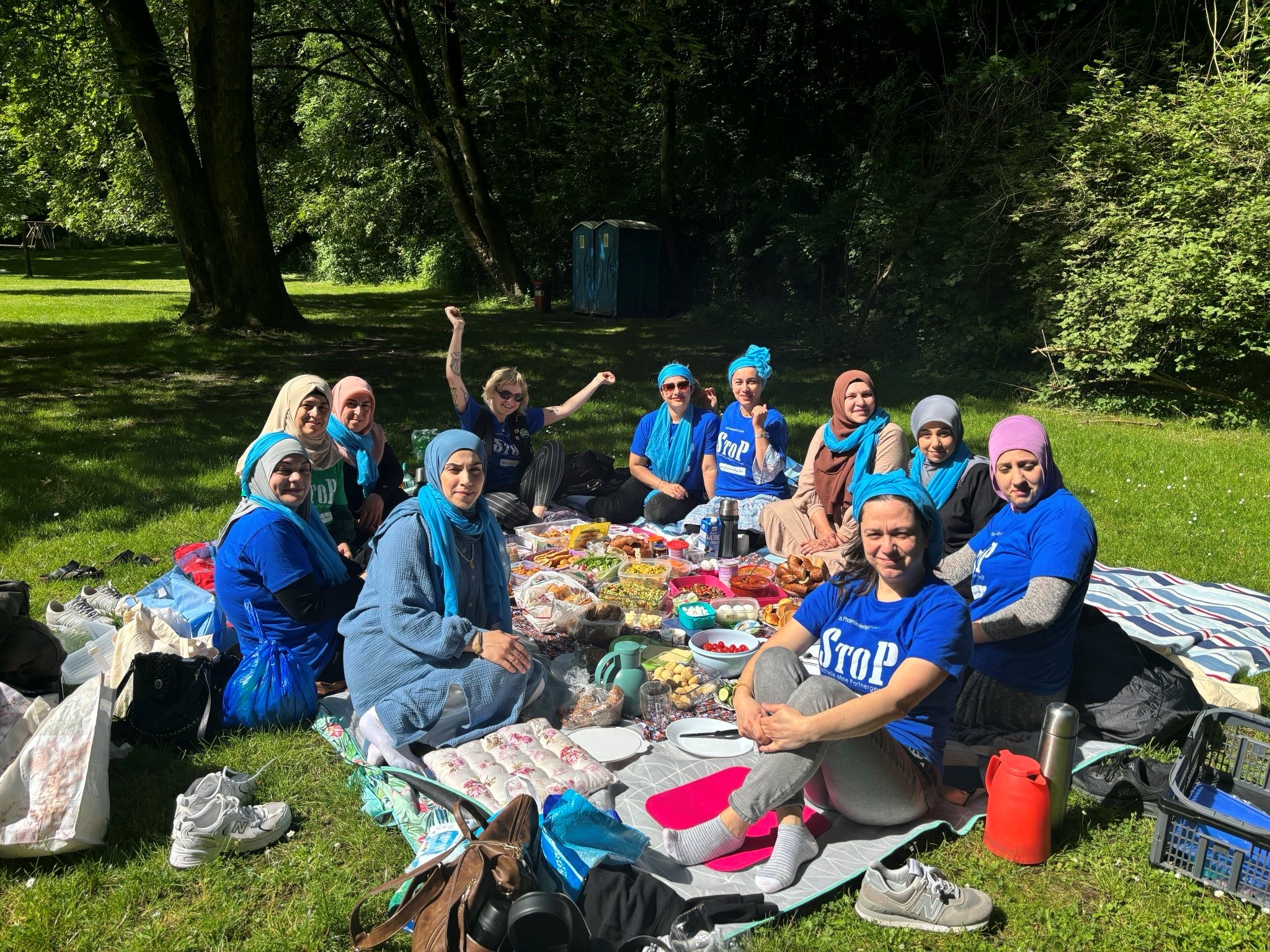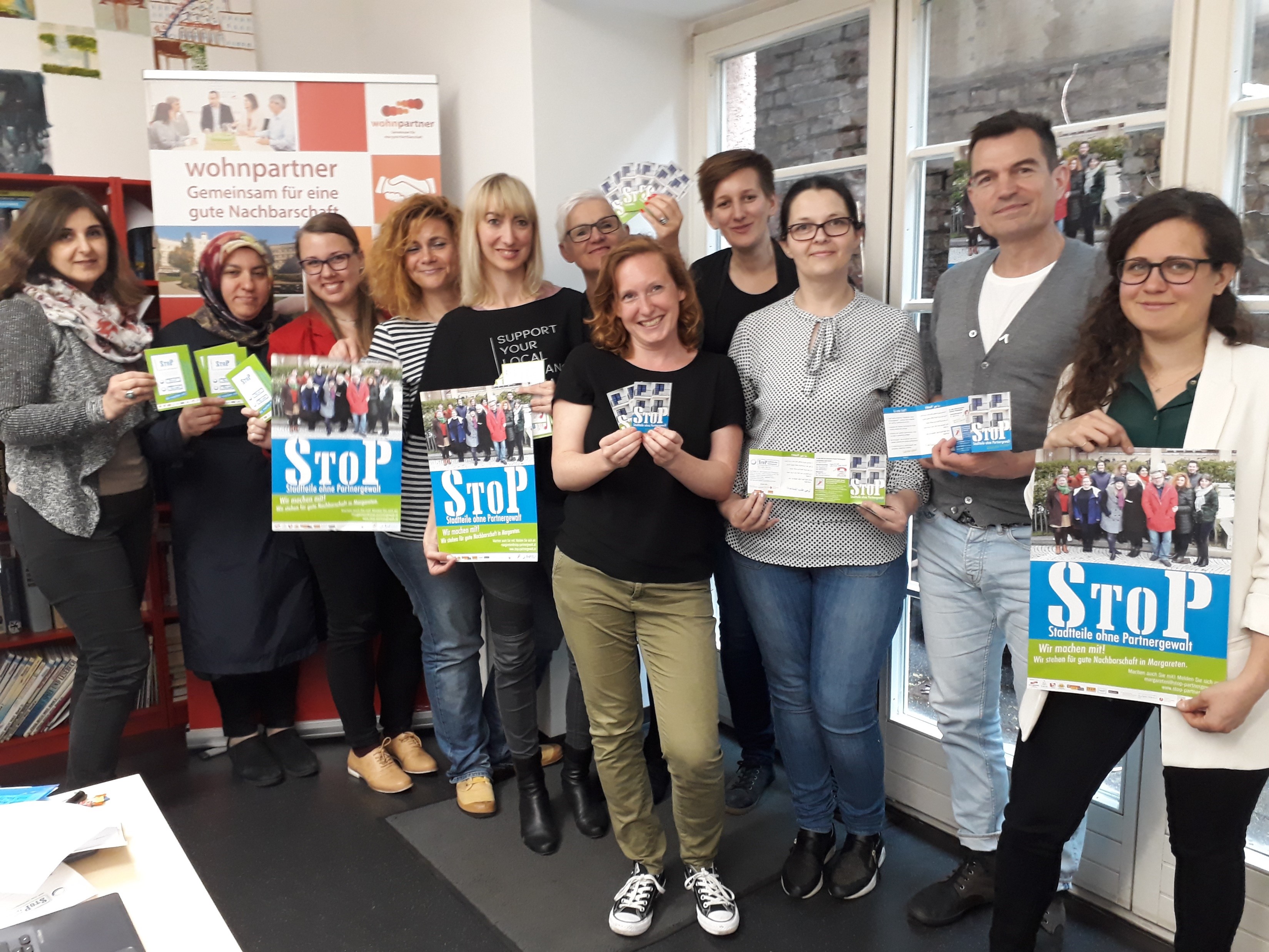The contacts and the readiness to get involved with StoP that have been gained through the previous work, i.e. the one-on-ones, the door knocking, the events and the outreach work, need to be continuously cultivated, broadened and deepened. This takes time. This is how a network of trusting relationships and a structure capable of intervention is built up, which has a positive effect on norms and behaviour in the local community and can also be used to influence policy making and media reporting. Without a certain degree of solid organization, it is not possible to achieve progress and sustainable changes in the conditions that promote gender-based violence. We can learn a lot here from other progressive movements and the renaissance of organizing in union work (McAlevey 2017). For further information, see chapter 2.2. On the one hand, it is conceivable to anchor the issue of gender and violence as a concern in the existing community associations and district committees. On the other hand, in line with the strategic approaches of community organising, organising work can focus on individual people. The aim is to find and of the local communtiy who is able to mobilise a certain number of people who in turn are willing to become active at least now and then, for example by attending political events and rallies or writing (protest) letters to newspaper editors, reports on blogs, Insta posts, etc. Anything that touches on existing, traditional notions of gender and gender discrimination – be it sexist advertising, stereotypical media reporting, the under-representation of women in community decision-making or the distribution of domestic care work – is relevant for StoP work and social change. The intense relationship and organising work in the district forms the basis for step 8. It is important to ensure that the organising processes, committee work and associated spokesperson positions contribute to the empowerment and representation of women/queer people, especially people of colour.

Example
In the StoP pilot project in Hamburg, the organisers continued to hold numerous one-to-one meetings with interested parties and activists. This activity was stabilised, as was the group and outreach work. StoP organiser and activists visited various community associations and meetings and put StoP on the agenda. Group meeting at night were supplemented by open breakfast meetings, especially for newcomers and for neighbours who did not want to come to the group regularly. At social events such as a New Year's brunch at the school, an Advent bazaar at the youth centre, the Muslim community's sugar festival or a coffee table at the neighbourhood office, information was provided about StoP, new contacts were made and existing ones were deepened.










